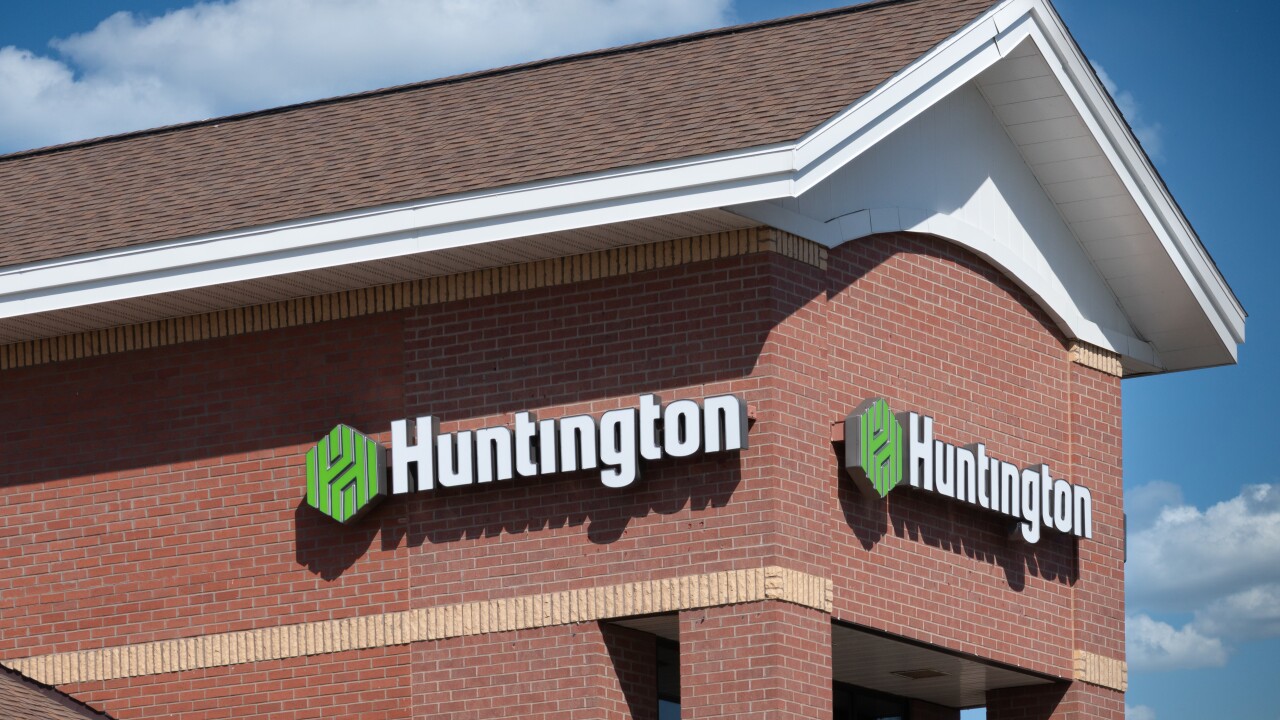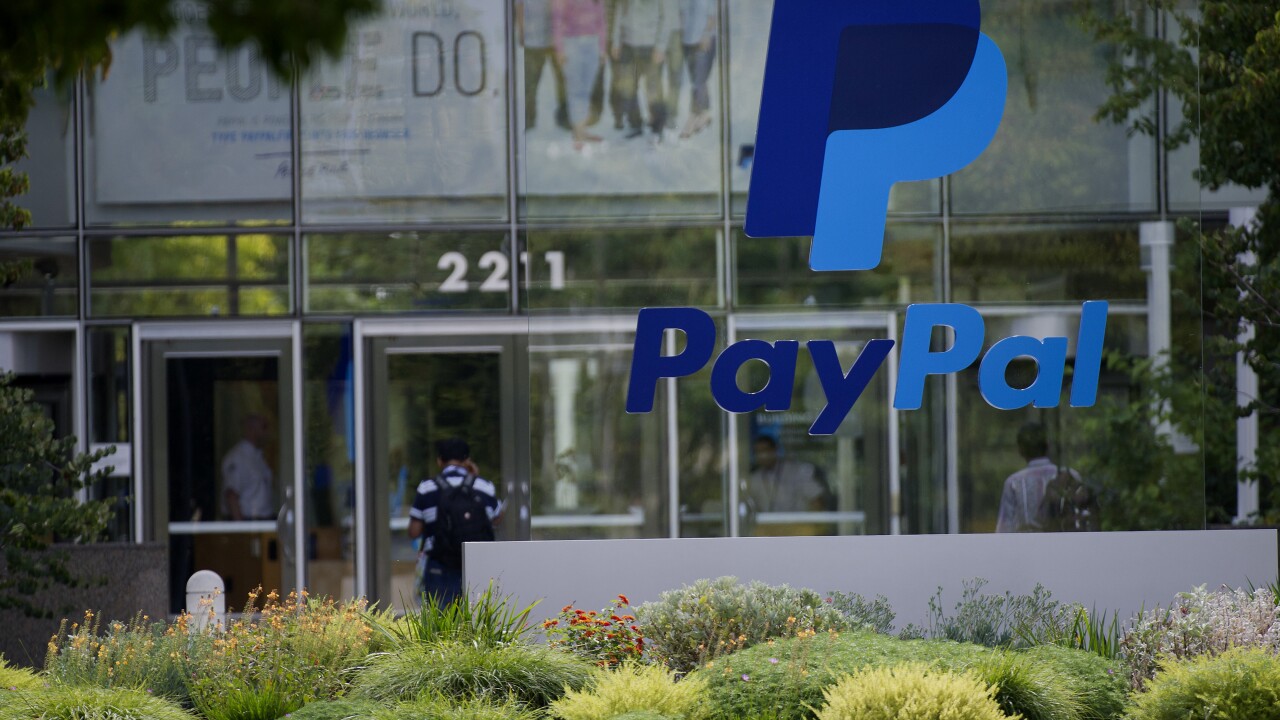
Banks aren't shelling out for deposits like they did the past two years — a bittersweet signal that while stronger earnings are on tap, they will come at the expense of robust loan growth.
After fighting each other for deposits the last two years, banks have been able to cut the interest rates they pay for depositors' cash. But the trend is not all good news for banks, as their reduced need for deposits is a sign they see sluggish growth ahead and thus require less cash to fund their loans.
Still, lighter deposit costs are giving the industry a breather and will boost banks' profits as they start reporting their quarterly earnings next week. Though some banks are still eyeing growth and attracting new deposits, many have been able to follow the Federal Reserve in cutting interest rates.
"There are a lot of banks out there that just don't need deposit growth right now," said Adam Stockton, a retail banking expert at the consulting firm Curinos. At the same time, he noted that the situation may change as "loan growth starts to come back."
Big and midsize banks have cut the rates on their shorter-term certificates of deposit by 72 basis points since this summer, a bit less than the full 100 basis points of rate cuts by the Federal Reserve, according to a note from Morgan Stanley analysts. Though bank executives have been hopeful about a loan growth rebound this year, they've yet to see much activity.
Online banks and consumer-oriented lenders with fewer branches, such as Synchrony Financial and Capital One Financial, have also been lowering CD rates quickly as their once-hot credit card growth slows down. Ally Financial, an auto lender that's tapped the brakes on growth, is also competing less aggressively for deposits.
"They're actually positioning themselves conservatively, but with the ability to lean in if and when they feel very comfortable that we're in a really strong economy," said Vincent Caintic, an analyst at BTIG Research.
How much further the rate cuts will go remains a major question. For its part, the Fed appears to be slowing down its pace. Though Fed officials lowered rates again in December, they also
Though inflation has come down meaningfully from its peak, larger price increases of late appear to be keeping the Fed on a more gradual pace. Then there's President-elect Donald Trump's impending shake-up of trade and fiscal policies, the effects of which remain uncertain.
Banks last year struggled to eke out loan growth, as high interest rates and election uncertainty tamped down the appetite for borrowing. Credit cards had been a major source of strength for banks, but consumer borrowing has slowed down in recent months.
Synchrony, a major credit card issuer that also offers online CDs and high-yield savings accounts, is among the banks that has cut its deposit costs. The company will "continue to follow the market down and be aggressive," Brian Wenzel, Synchrony's chief financial officer, said at a conference last month.
But Wenzel also said Synchrony was remaining mindful about the risk of cutting rates too far, since credit card "growth will come" at some point, and the bank will need deposits to fund them.
"We don't want to curb the growth, because we know we're going to need the funding," he said.
Even as banks reduce what they're paying, savers can still find attractive rates, said Greg McBride, Bankrate's chief financial analyst.
While the average rate banks pay for one-year CDs is less than 2%, some banks offer double that percentage, a Bankrate analysis found. The average rate banks pay on savings accounts is under 0.5%, but high-yield savings accounts at Synchrony, Capital One, American Express and elsewhere pay upward of 3.5%.
"It will be a good year for savers — as long as you have your money in the right place," McBride said.
Banks will have to be mindful of the churn that comes from rate-shopping even as rates continue to fall, said Curinos' Stockton.
Some consumers are "episodic shoppers," he said, noting that people with big tax refunds or an inheritance check will suddenly pull their cash from a low-yielding account to one that pays more. Others may have a CD that is due to expire soon and want to switch to a higher-yielding one.
In addition, some deposits never repriced to higher rates and instead stuck around in low-yielding accounts. Banks didn't have to pay more for those deposits the last two years, but the flip side is they won't reap any savings from bringing their rates back down.
"A falling rate environment sounds pretty easy from a deposit management perspective," Stockton said. "But it's actually a lot more difficult than it sounds."






